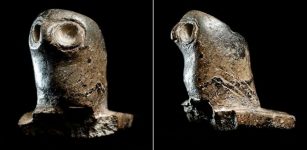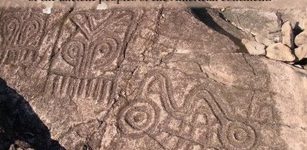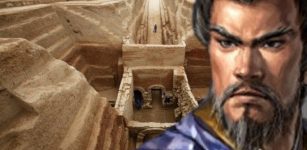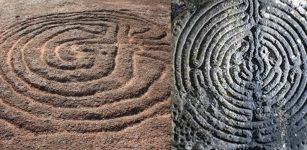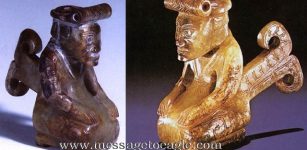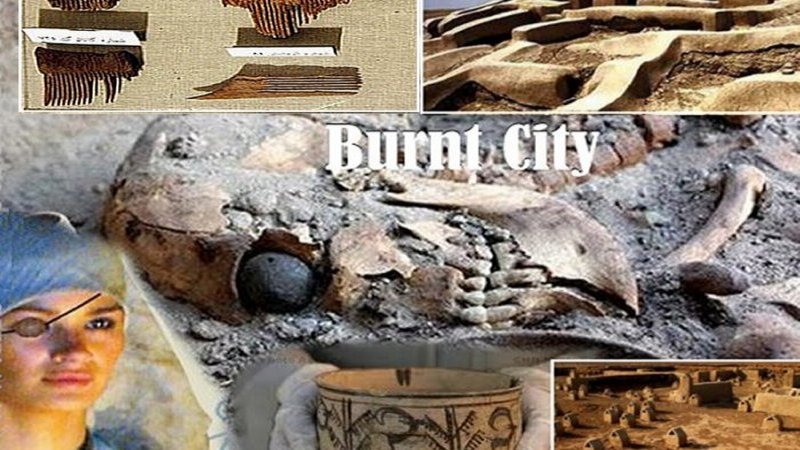Huge Vertical Dinosaur Rock Wall With Thousands Of Gigantic Footprints In Bolivia
MessageToEagle.com – Did dinosaurs have the ability to walk straight up vertical walls?
As crazy as it might sounds, this astonishing Cal Orko rock wall in Bolivia offers evidence the footprints are positioned in strange patterns.
How can we explain this?
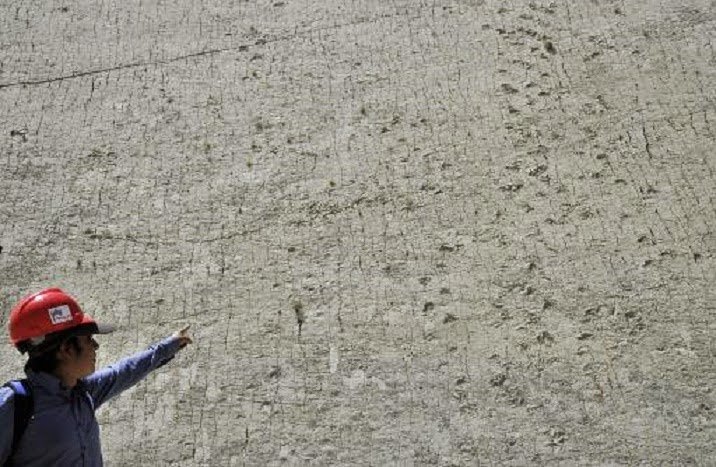
The rock can be found near the Bolivian town of Sucre. Today it is considered to be the world’s largest site of dinosaur tracks. The rock was discovered by Bolivian workers in 1994. It stretches 1.5 kilometers in length and it’s 150 meters tall. Compared to other dinosaur track sites, on any other continent, Cal Orko is by far the biggest and most important.
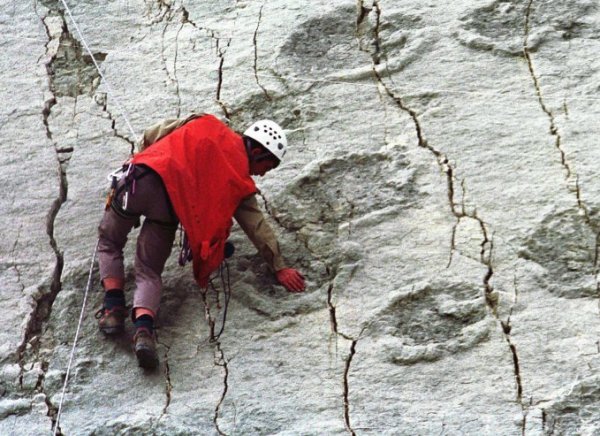
On this nearly mile-long and 328-foot-tall slab of limestone, we find tracks of 294 distinct dinosaurs, representing at least eight species of the prehistoric beasts.
The 462 trails add up to 5,055 individual prints, the largest and most diverse collection of tracks in the world, and give the illusion that dinosaurs had the ability to walk directly up and diagonally across walls-this one sloping at a 70-degree angle.
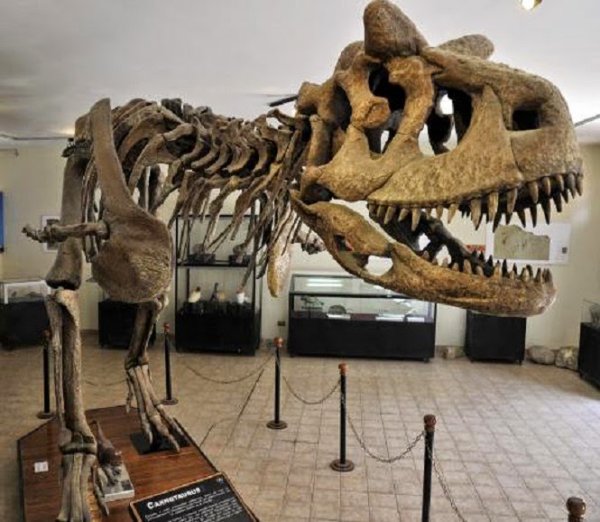
This is an astonishing proposition when you remember that some of these lumbering creatures weighed more than 100 tons.
See also:
Giants Roamed The Earth Millions Of Years Ago
According to scientists there is an explanation why the dinosaur tracks are on the wall. The Daily Beast reports “the 68-million-year-old remnants of dinosaur feet were pushed upward by tectonic activity.
The area, which once hosted a large lake, had an attractive climate that enticed herbivores and then carnivores.
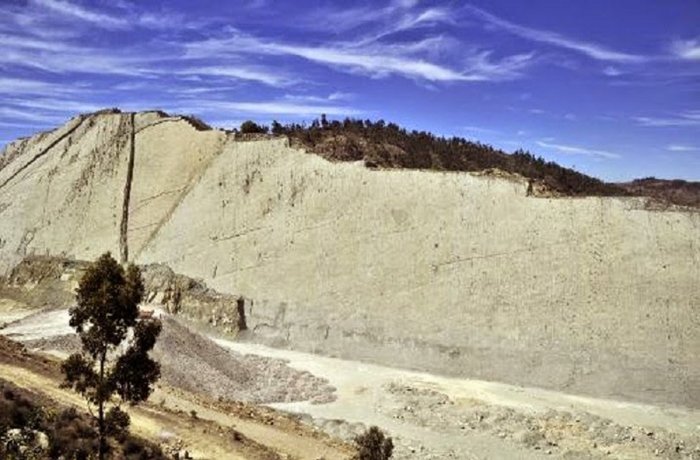
The dinosaurs walked across the area’s shoreline in damp weather, leaving their prints.
During dry periods, the prints fermented, and when the rain returned, they were preserved under layers of sediment and mud. This process happened repeatedly, resulting in multiple layers of preserved evidence.
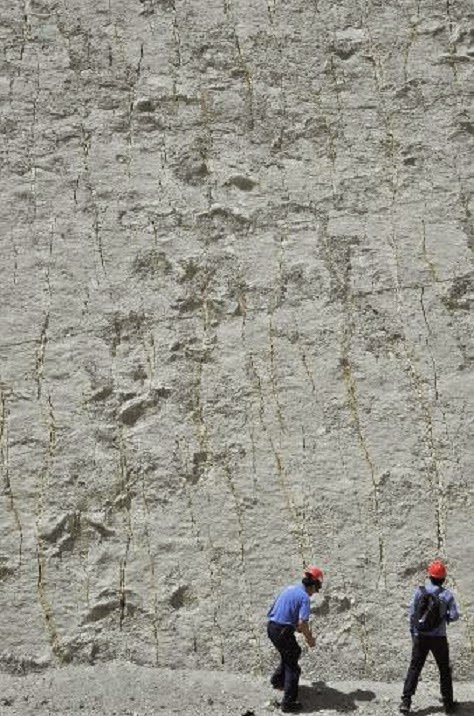
Tourists visit the rocky outcrop where dinosaur pawprints were found at the Cretaceous Park in Cal Orcko hill in Sucre, on September 17, 2014. Credit: AFP
Later, tectonic rumblings pushed the earth up into a massive vertical slab, and by virtue of its new position, protected it from modern devastation.”
The most famous trail of prints has been nicknamed “Johnny Walker” by researchers and was made by a baby Tyrannosaurus Rex that lived during the late Cretaceous period, about 85 million to 65 million years ago.
MessageToEagle.com.
source: AFP


